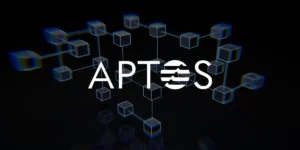
You must have heard about DLT (Distributed Ledger Technology). The special kind of computer diary that many people use and change at the same time, without needing someone in the middle to help.
In today’s world, DLT is becoming super important because it can change how businesses work. In this tutorial, we’ll explain the simple steps to make it work. We’ll also learn how to code DLT and how to register on platforms. Plus, for businesses that want to start using it, we’ll show them how to get started.
Come learn about this cool tech with us! So let’s start our Distributed Ledger Technology tutorial.
- 1. Understanding Distributed Ledger Technology (DLT)
- 2. What are the Advantages of Using Distributed Ledger Technology over Traditional Methods?
- 3. DLT Tutorial: The Basic Components
- 4. Distributed Ledger Tutorial: The Benefits
- 5. Key DLT Platforms and Use Cases
- 6. Distributed Ledger Technology Tutorial: Registration Steps
- 7. Conclusion
Understanding Distributed Ledger Technology (DLT)
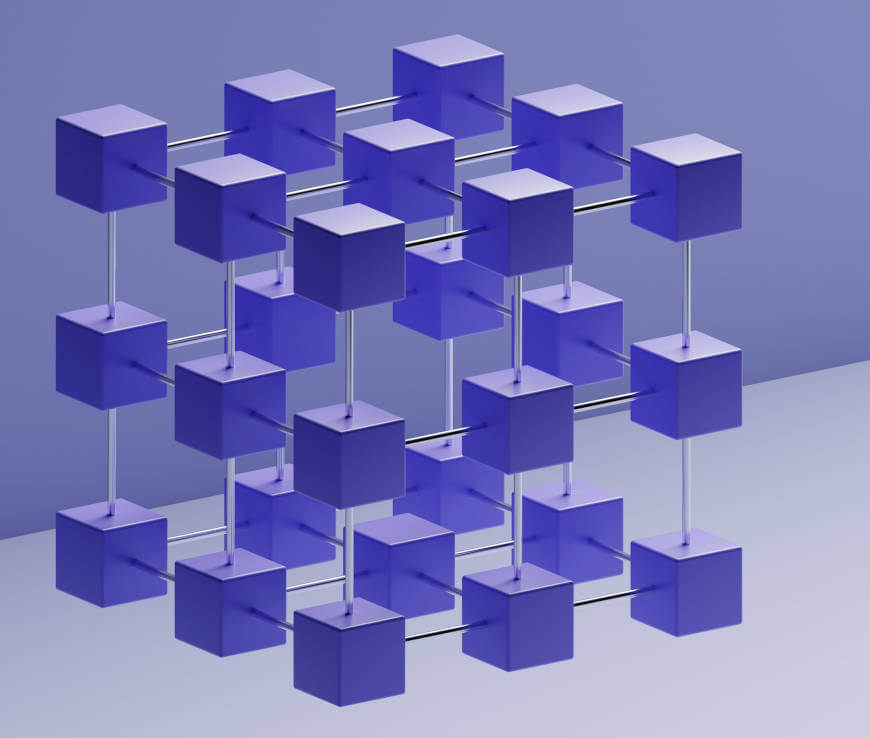
Learn about the cool new thing called Distributed Ledger Technology (DLT). It’s a special way to keep and share information. Lots of businesses use it to do new and exciting things. Today, there are dozens of distributed ledger technology use cases implemented, within all major industries. If you use this technology, you can come up with cool ideas and make big changes. It’s important for your group to know about this so you can use it well. A lot of people are still confused and think about distributed ledger vs. Blockchain, even tho there is no big difference. Blockchain technology is just one kind of DLT. Therefore, read on, and let’s start with our distributed ledger technology tutorial!
What are the Advantages of Using Distributed Ledger Technology over Traditional Methods?
Distributed ledger technology, like blockchain, has advantages over old methods. It is more secure, transparent, and hard to change once data is added. This makes transactions trustworthy without needing a middleman.

DLT is a revolutionary concept that differentiates itself from traditional databases in several ways. Firstly, unlike traditional databases, DLT is decentralized and operates through a network of nodes rather than a central authority. This means that there is no single point of failure and the system is more secure and transparent. Secondly, DLT is immutable, meaning that once a transaction is recorded on the ledger, it cannot be altered or deleted. This ensures the integrity of the data and eliminates the need for intermediaries to verify transactions.
Finally, DLT offers increased efficiency and speed as it eliminates the need for time-consuming reconciliations and manual updates. Overall, DLT represents a paradigm shift in the way we store and manage data, and mastering its basics is crucial for anyone looking to stay ahead in the rapidly evolving technological landscape.
DLT Tutorial: The Basic Components
Distributed Ledger Technology consists of 3 basic core components:
A) Consensus Mechanisms
The consensus mechanism is just a fancy way of saying, “a way for all the computers to agree on the same thing”. Distributed ledgers can have different mechanisms:
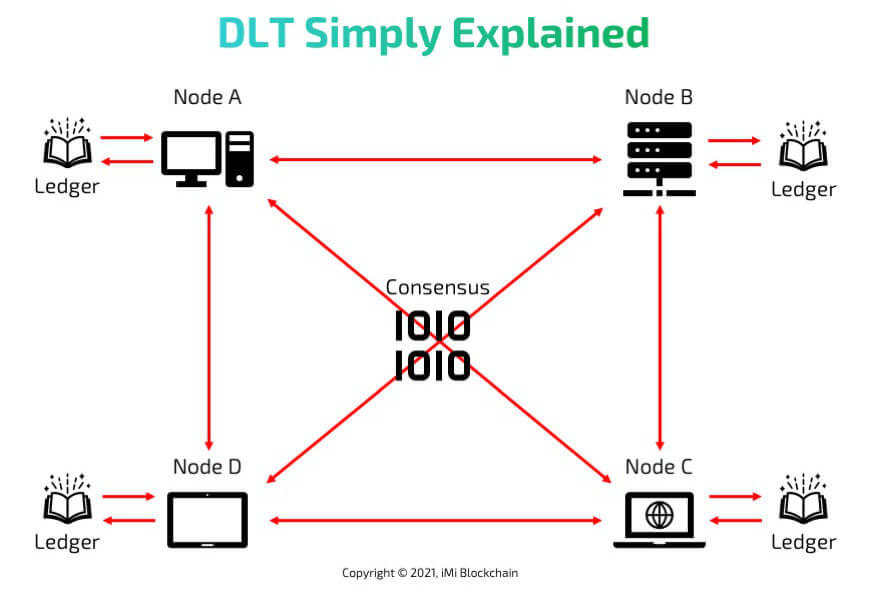
Share this Image on Your Site:
Proof-of-Work
Imagine you have a puzzle, and the only way to share a new piece of information with everyone is by solving that puzzle first. Solving it takes time and effort, so it proves you did some “work.” Once you solve it, everyone can quickly check and agree you did it right. This method helps everyone trust the information being shared. This puzzle-solving process is called “proof of work,” and it’s a way to make sure everyone agrees on new information in systems like Bitcoin.
Proof-of-Stake
Imagine you and your friends have a game where you need to agree on the rules. Instead of everyone shouting their opinions, you decide to give a vote to each toy or item you own. The more toys you put into the game, the bigger your voice becomes.
“Proof of Stake” in computer systems is similar. It’s a way for computers to agree on data. Instead of using lots of energy and computing power to make decisions, they use ownership of a digital item (like a digital toy). The more of this item you have, the more say you get in the decision.
So, it’s like letting the number of toys (or stakes) you have to decide how much voice you get in the game.
Delegated Proof-of-Stake
Imagine a classroom where instead of everyone voting on every decision, the class picks a few trusted students to make decisions for them. These chosen students represent the class and make choices quickly because there are fewer of them. If they don’t do a good job, the class can choose someone else. This is like Delegated Proof-of-Stake in the world of digital currencies. Instead of every computer (or ‘node’) voting, a few are picked to represent and make decisions, making things faster!
Byzantine Fault Tolerance
Byzantine Fault Tolerance (BFT) is like a way for a group of computers to agree on something, even if some of the computers are broken or lying. Imagine you and your friends are trying to decide where to go for lunch. Even if one or two friends give wrong information or can’t decide, the rest of the group can still agree on a place. BFT helps computers do something similar, making sure they can work together safely and correctly.

Unlock the Code: Master Blockchain Programming!
Dive into the world of decentralized technology with our comprehensive online programming courses. Learn at your own pace and get:
Access – to expert instructors.
Interactive – coding exercises.
Vibrant – community of like-minded learners.
Certified – receive your recognized diploma.
ENROLL TODAY AND TRANSFORM YOUR FUTURE!B) Nodes and participants
Nodes are the computers that have a copy of the digital notebook. They talk to each other to make sure all copies of the notebook match up.
Participants are people or organizations who use this system. They can add new information or check what’s in the digital notebook.
C) Smart contracts and automated processes
Smart Contracts are like a vending machine. If you put in the right amount of money and choose a snack, the machine gives you that snack. A smart contract is like a digital vending machine. It follows a set of rules. If the rules are met, it does something automatically, like sending money.
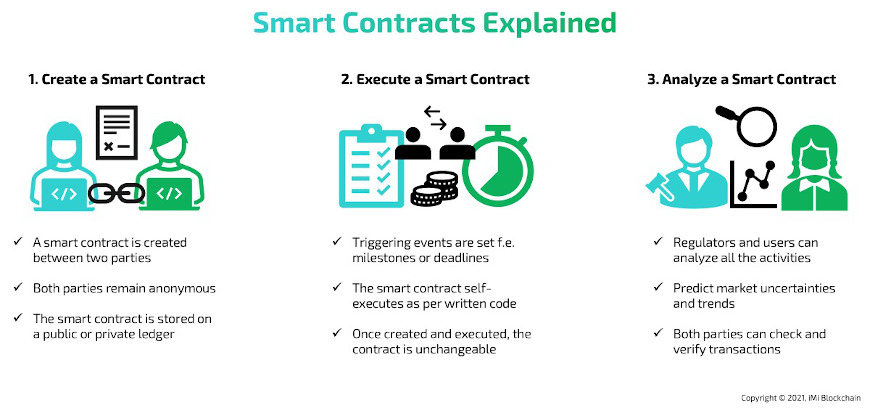
Share this Image on Your Site:
Automated Processes are like setting a timer on your oven. Instead of you watching and turning it off when time’s up, the oven does it on its own. In the digital world, automated processes are computer programs that do tasks without needing someone to tell them when or how to do them.
Distributed Ledger Tutorial: The Benefits
There are plenty of benefits to using DLT. For our distributed ledger technology tutorial we’d like to point out the following:
- Enhanced security and transparency
- Cost efficiency in operations
- Decentralization and reduced intermediaries
- Real-time transaction updates
Key DLT Platforms and Use Cases
Some popular DLT (Distributed Ledger Technology) platforms are:
The Bitcoin Blockchain

Like a digital gold coin notebook. People write down who owns how many coins.
Ethereum

A smart notebook. Besides writing down who owns digital coins, it can also run smart contracts.
Ripple

Focuses on bank payments. Like a notebook for banks to quickly and cheaply send money around the world.
Hedera Hashgraph

A digital community board where people can securely share information, make deals, and track things like money or property.
Corda, IOTA, and others
Corda is for businesses to keep track of deals, and IOTA is for machines to communicate and trade. There are many more platforms, but these are some key ones. Each has its unique use and way of working.
Applications
You can find applications in most industries. As of today financial services, healthcare, and supply chain management are heavily investing in DLT.
Distributed Ledger Technology Tutorial: Registration Steps
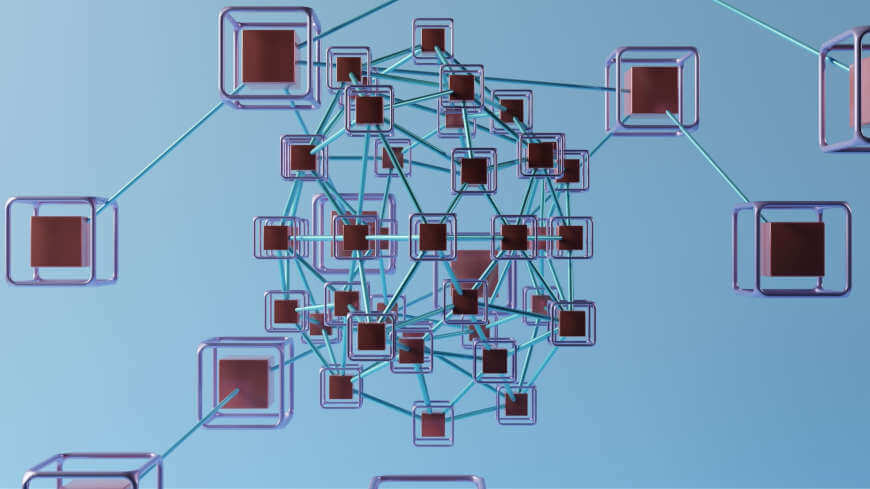
Follow these simple 4 steps to register on a DLT platform:
- Choosing the right platform based on your needs
- Registration prerequisites (e.g., understanding of cryptographic keys)
- Creating a digital wallet
- Understanding the registration process:
- Account setup
- Verification
- Initial transaction and network participation
- Best practices for maintaining security and privacy
For our Distributed Ledger Technology tutorial learn about the registration on Corda R3.
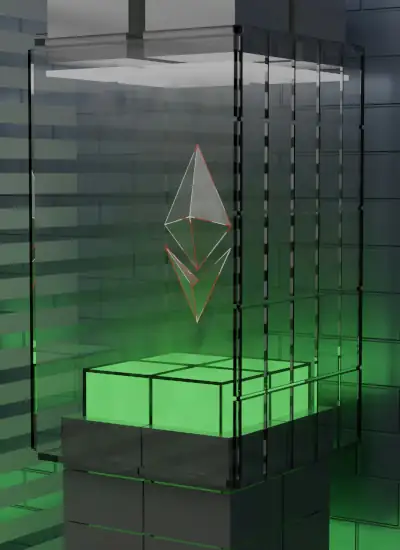
Unlock Your Business Potential with Certified Blockchain Consulting!
Dive into the future of technology with our team of certified blockchain experts. Simply pick the service you need:
Personalized Advice – tailored to your business needs.
Comprehensive Training – for you and your team.
Development Services – innovative solutions from the whitepaper to the finished blockchain.
Programming – with capabilities and tools to succeed.
TALK TO THE EXPERTS TODAYPotential Challenges of a Platform
When choosing a DLT Platform, make sure you have thought about potential challenges that you can face in front or in the future. Think about:
Scalability issues
a DLT platform (like a blockchain) is like a highway. If only a few cars (transactions) are on it, everything moves smoothly. But as more cars join, traffic (data) can get jammed. This is because the highway (DLT platform) has a limit to how many cars it can handle at once. This limit is called scalability. If the highway isn’t built to handle a lot of cars, there will be traffic jams, and cars will move slowly. Similarly, if a DLT platform can’t handle many transactions, it can slow down or have issues. So, the challenge is making the DLT highway big and efficient enough to let lots of cars move fast without jams.
Environmental concerns
Imagine you have a big group of computers all trying to solve a puzzle. The first one to solve it gets a reward. This is how some “DLT platforms” (like Bitcoin) work, using a system called “Proof-of-Work”.
The challenge? All these computers working on the puzzle use a lot of electricity, similar to how many household appliances running at once would. This can hurt the environment because producing that much electricity often involves burning fossil fuels, which release harmful gases into the air. So, some people are worried that these DLT platforms might be bad for our planet.
Interoperability and integration hurdles
Imagine you have different types of building blocks, like LEGO and Mega Bloks. Each type is great on its own, but they don’t easily fit together.
In the world of DLT (Distributed Ledger Technology), these “building blocks” are different systems or platforms. Interoperability is the challenge of making these different systems work together smoothly. If they don’t, then information can’t flow easily between them.
Integration hurdles are like trying to fit those different building blocks together in one big structure. It’s about connecting a new DLT system with older, existing systems, which might not be designed to work with each other.
So, the challenges are about making sure all these different parts can communicate and work well together!
By learning more and solving problems as they come up, we can get past the usual problems and reach our goals. But now, let’s continue our distributed ledger technology tutorial and let’s talk about coding.
Conclusion
In conclusion, mastering this distributed ledger technology tutorial opens up a world of possibilities in today’s digital landscape. Understanding the concept and significance of DLT is crucial for businesses to stay competitive and adapt to the changing technological landscape. Implementing it requires careful consideration of preliminary requirements and overcoming common challenges.
Real-world case studies showcase the successful applications across various industries. The future prospects of DLT are promising, with emerging trends shaping its evolution. Embrace DLT and unlock endless possibilities for your business. Contact the experts of iMi Blockchain today and get started. We hope you enjoyed our distributed ledger technology tutorial and found it helpful.
Learn DLT!
DLT Trainings in small Classes
DLT Webinars & Tutorials
Certified DLT Courses
Get free DLT Tips!
Get monthly tips on how DLT can help your business.
On top, you’ll get our free blockchain beginners course right away.


